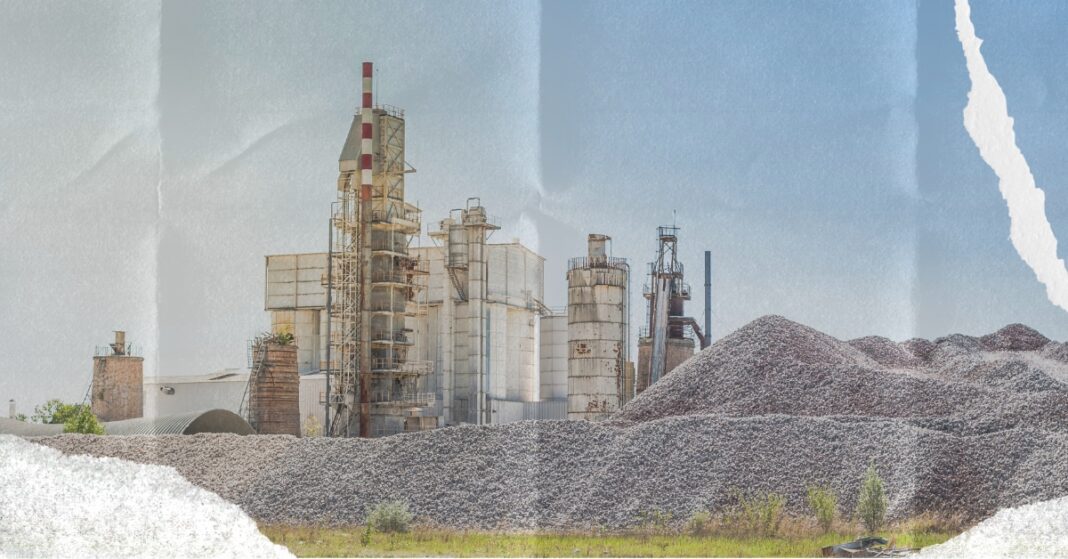Houston has a long and unfortunate history when it comes to companies placing polluting sites near residential areas, particularly those that are majority Black, Hispanic, and/or low income. Organized groups of citizens are pushing back on the latest threat, particulate matter from concrete mixing sites.
Concrete for construction can be made either on site or at a central mixing location. The fight in Houston neighborhoods is over the latter. Large piles of sand and crushed rock are kept at the mixing site before being loaded into a machine to make the concrete. What happens is that very fine particles often blow away in the wind, polluting surrounding areas with microscopic debris that ends up in the lungs and bloodstream.
Houston’s Fifth Ward, a historically Black neighborhood, is one of the proposed sites for this mixing, and the residents are not taking it lying down. Community activists have managed to stave off the installation of one plant thanks to spirited resistance and scientific evidence that the concrete pollution leads to increased heart disease, lung disease, and cancer. So far, they have stopped the installation.
However, the problem is bigger than one company or just the Fifth Ward. The Houston Chronicle found that 54 percent of the mixing sites are located in neighborhoods dominated by people of color. Furthermore, Black neighborhoods are more likely to have multiple sites, increasing the danger. When white neighborhoods host the sites, they tend to be far less densely populated.
This is a long-running problem in the city for two reasons. The first is that Houston lacks traditional zoning laws. While this does sometimes contribute to the quirky charm of Houston neighborhoods, too often it means that dangerous polluters are able to move in and endanger residents. Compared to other cities, Houston has far more industrial pollution in residential areas.
“Judging by the distribution of toxics-emitting facilities on a list maintained by the Environmental Protection Agency — which you can see for Houston here — the economists did find that polluters tend to be more densely clustered in other large Texas cities with fairly traditional zoning codes,” wrote Lydia DePillis in one of Houston Chronicle’s many articles on the matter. “In Houston, 65 percent of the city is within one mile of a facility in the toxic release inventory. That number is 30 percent, 44 percent, and 43 percent for Austin, San Antonio, and Dallas respectfully.”
The second reason is that Houston’s history of racial redlining is still impacting families today. While Houston isn’t as racially segregated as other large Texas cities like Austin and San Antonio, the unconstitutional redlining laws still affect rates of Black home ownership. Black homeowners are more likely to live in areas like Fifth Ward, which also have generally lower incomes than other neighborhoods. That means residents have fewer resources to fight back when companies build polluting sites.
Combined, this means that Houston people of color are exposed to dangerous pollutants such as the concrete batch plant particles. Even when places like Fifth Ward fight off one company, the polluters simply move to another neighborhood to try again. Until Houston addresses its zoning problems or more tightly regulates where such sites can be located, people of color will remain in an uphill battle for their health.








